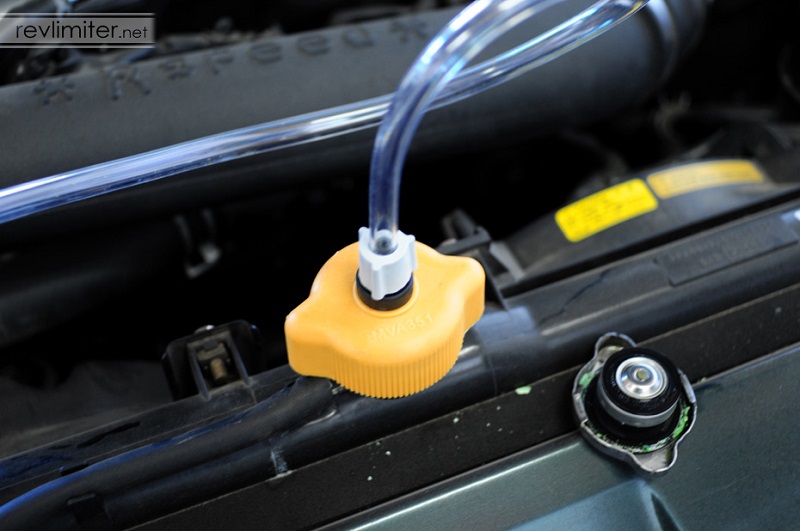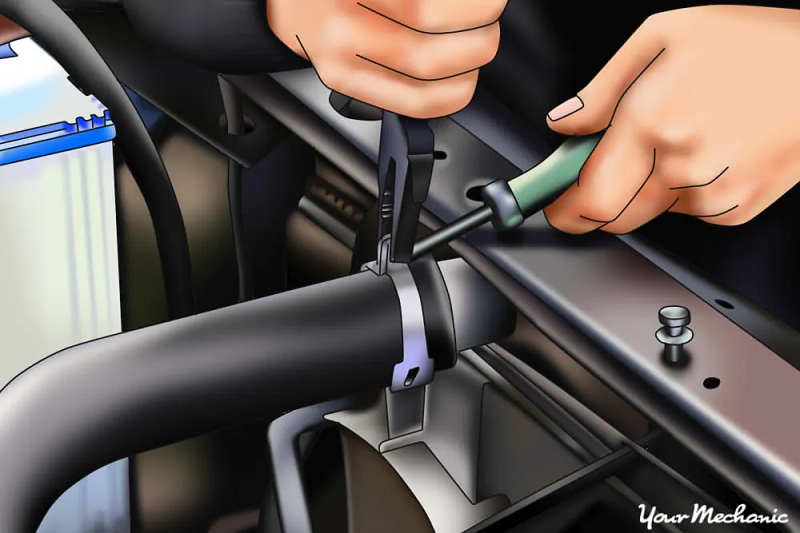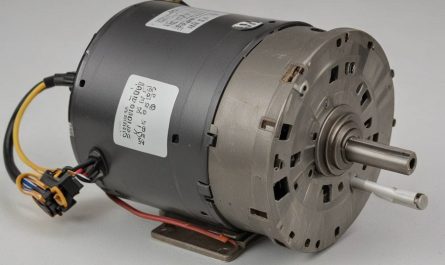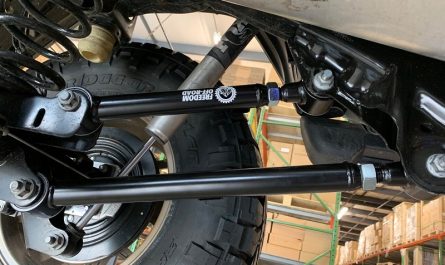
Automobile owners may have a lot of trouble with coolant leaks. Although pressure testers are useful instruments for identifying these problems, not every person owns one in their garage. Thankfully, there are a few techniques you can employ in place of a pressure tester to find a coolant leak. This tutorial will demonstrate several efficient ways to locate and fix coolant leaks with equipment and supplies you probably already own.
Read more: Toyota Land Crusier LC300 Price & Overview
1. Visual Inspection:
1.1. Check the Ground: Examine the space where you park your car first. Check for any indications of coolant stains or puddles. Coolant typically smells nice and is colored green, pink, or orange. The general position of the leak can be determined by looking for stains on the ground or puddles.
1.2. Inspect the Engine Bay: Open your vehicle’s hood and look for any signs of coolant leaks. Pay special attention to the radiator, hoses, water pump, and the engine block. Coolant leaks often leave telltale signs such as wet spots, dried coolant residue, or corrosion. Use a flashlight to illuminate dark areas and make the inspection easier.
1.3. Examine Hoses and Clamps: Examine all coolant hoses and clamps closely for indications of wear or damage. One typical cause of leakage is loose or cracked hoses. Gently squeeze the hoses to feel for any bulges or soft areas that might point to a leak or approaching breakdown.
2. Check for Overheating:
The temperature gauge on your car may be indicating a coolant leak if it is constantly reading high. Although this isn’t a straightforward way to locate the leak, it can notify you of an issue that requires more research. While driving, pay attention to the temperature gauge and make sure the cooling fans are running properly.
3. Look for Steam:
Steam is another sign of a coolant leak. Coolant spilling onto hot engine parts may be the cause of any steam coming from under the hood, especially when the engine is running or right after it has been turned off. In this case, exercise caution when opening the hood because the steam might be hot and dangerous.
4. Use a DIY Coolant Dye:
A coolant dye might be a useful tool if you’re having problems figuring out where the leak is coming from. This is how you apply it:
4.1. Purchase a Coolant Dye: The majority of auto parts stores carry these dyes, which are made especially to aid in finding leaks.
4.2. Add the Dye to the Coolant: To add the dye to your car’s coolant system, follow the manufacturer’s directions. It is usually poured into the coolant reservoir or radiator.
4.3. Observe the System: Run the engine and allow it to reach operating temperature after adding the dye. Everywhere there is an issue with the coolant system, the dye will circulate and leak out. The dye will glow when exposed to UV light, so use one to assist find it.
Read more: 2025 Ford F-150 Raptor Specs & Review
5. Pressure Testing by Hand:
In the absence of a formal pressure tester, you can make a basic pressure test with everyday home objects:
5.1. Prepare a Pump: You can modify a hand pump or bicycle pump with a gauge to test the cooling system.
5.2. Seal the System: Make that the cooling system is correctly sealed. Take off the radiator cap and replace it with a snug-fitting temporary seal or plug.
5.3. Pump and Observe: To raise the pressure in the system, slowly pump air into it. Pay attention to any spots that you think might be leaking. Avoid overpressurizing the system as this may lead to system damage.

6. Check the Heater Core:
Sometimes leaks can originate from the heater core, which is located inside the vehicle cabin. To check this:
6.1. Inspect the Passenger Side: Inspect the car for any indications of dampness or a coolant odor, especially on the passenger side.
6.2. Check the Carpeting: Check for moisture on the passenger side floor’s padding and carpeting. A heater core leak may be indicated by a wet floor.
7. Monitor Coolant Levels:
Check your coolant levels frequently to see if they’re decreasing. A leak in the system is indicated if coolant needs to be added to the reservoir on a regular basis.
Conclusion:
It takes some detective effort to find a coolant leak without a pressure tester, but it may be done successfully with some simple instruments and observations. You may find leaks and fix them before they cause more significant issues by employing dye, keeping an eye on the system, and performing a complete visual check. Always use caution when handling hot engines and fluids, and seek the advice of a qualified mechanic if you can’t find the leak or fix it yourself.


